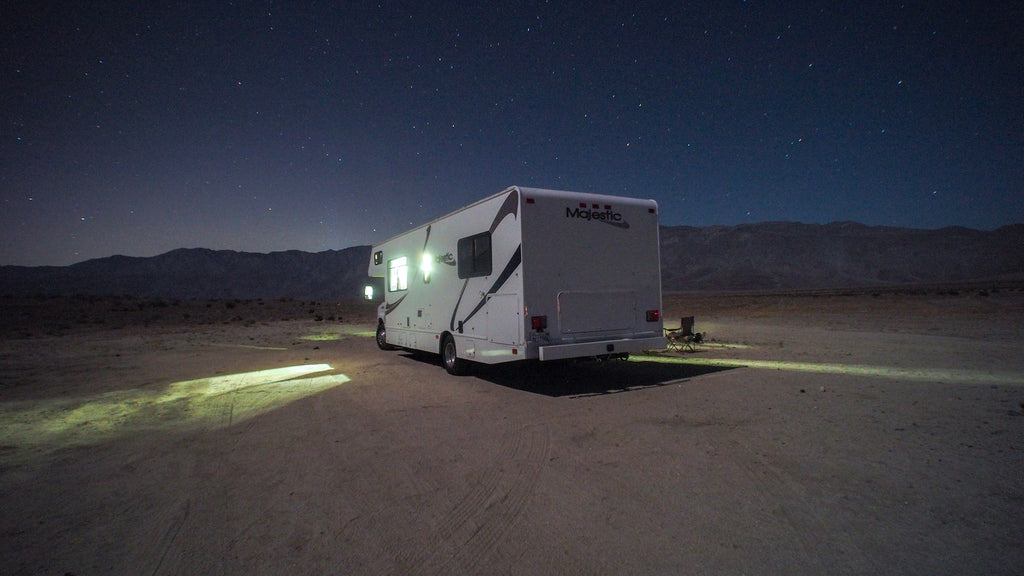A leaky RV roof can be a nightmare for every outdoor enthusiast. Fortunately, with the right knowledge and tools, you can address the issue yourself. This comprehensive guide offers a step-by-step approach to DIY RV roof leak repair, ensuring you're back on the road in no time.
1. Understanding the Importance of a Sound RV Roof
An RV roof does more than just keep the rain out; it's a critical component of the vehicle's structure. Along with providing protection from the elements, it also insulates your RV, keeping it warm in winter and cool in summer. Moreover, a well-maintained roof enhances your RV's longevity and overall value.
2. Identifying the Problem: Signs of a Leaky RV Roof
Before diving into RV roof leak repair, it's crucial to familiarize yourself with common signs of a leaky roof. These may include:
- Water stains or discoloration on the ceiling
- Unexplained damp spots
- Bubbling paint or wallpaper
- A musty smell, usually indicative of mold or mildew
If you notice any of these signs, it's time to inspect your RV roof for potential leaks.
3. Inspecting Your RV Roof
Regular roof inspections can help you catch leaks before they cause significant damage. Here are some tips for a thorough inspection:
- Check for visible signs of damage like cracks, blisters, or tears.
- Pay special attention to seams and areas around vents, skylights, and air conditioning units – common leak sites.
- Conduct inspections after heavy rains or storms to spot any water infiltration.
Remember, safety first. Use an appropriate ladder and tread carefully to avoid damaging the roof or hurting yourself.
4. Choosing the Right Repair Method
The repair method depends on the type of damage and the roof material. RV roofs are typically made from rubber (EPDM or TPO), fiberglass, or aluminum. While rubber roofs are more prone to leaks due to their elasticity, fiberglass and aluminum roofs can also develop leaks if not properly maintained.
5. Preparing for the Repair
Preparation is key in a DIY RV roof leak repair. Here’s a quick checklist:
- Clean the roof thoroughly to remove dirt, grease, or any loose material.
- Dry the roof completely to ensure optimal adhesion of the repair material.
- Gather all necessary tools and materials.
6. RV Flex Repair: Your One-Stop Solution
RV Flex Repair’s one weekend restoration kit is an all-in-one solution for DIY enthusiasts. It includes everything you need for a comprehensive repair, allowing you to restore your RV roof in just a weekend.
7. Using the RV Flex Repair Kit
Follow these simple steps to repair your leaky roof with the RV Flex Repair kit:
- Apply the primer to the leak area.
- Once the primer dries, apply the RV Flex Repair liquid.
- Allow the liquid to cure, forming a solid, waterproof membrane.
8. Checking for Success
After the repair, it's important to check for success. Look for any signs of moisture or water infiltration. If the area remains dry after a heavy rain, you've successfully repaired your RV roof leak.
9. Regular Maintenance is Key
Regularly cleaning and inspecting your RV roof can prevent leaks in the future. Use a gentle cleaning solution and a soft brush to avoid damaging the roof material.
10. When to Seek Professional Help
While DIY RV roof leak repair is effective for minor leaks, significant damage may require professional attention. If you're unsure about the severity of the leak or the repair process, don't hesitate to seek help from a professional.
11. The Bottom Line
Fixing a leaky RV roof isn’t as daunting as it seems. With the right tools, like the RV Flex Repair kit, and a bit of know-how, you can effectively repair your RV roof and prevent future leaks.
12. Your Trusted Companion on the Road
At the end of the day, a well-maintained RV roof ensures a pleasant and worry-free journey. So, don't let a leaky roof dampen your spirits. Equip yourself with the knowledge and tools for a successful DIY RV roof leak repair, and keep exploring the open road with confidence!
Remember, should you need any assistance or advice, our expert team at RV Flex Repair is just a call or an email away. Happy travels!


Leave a comment: